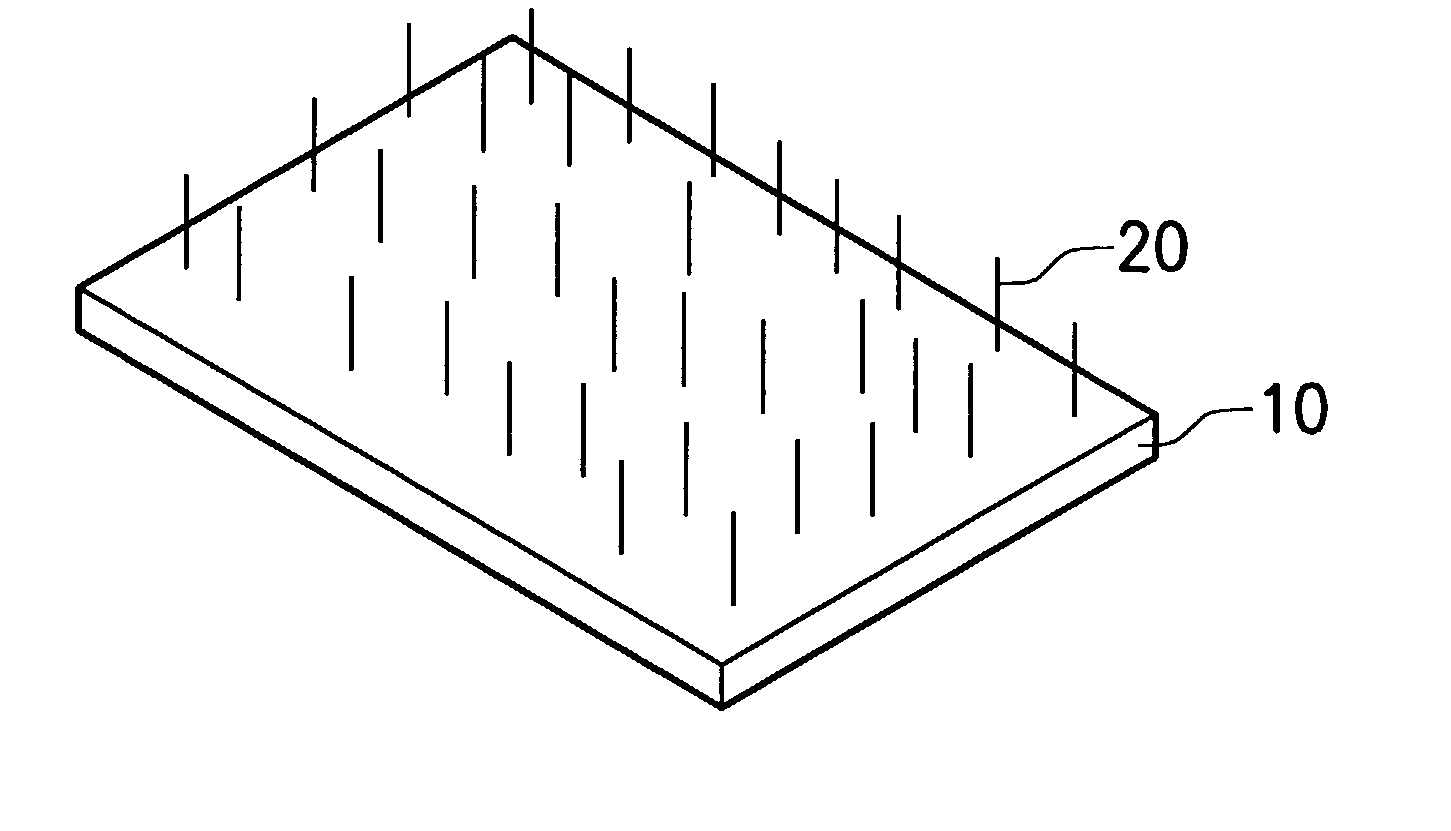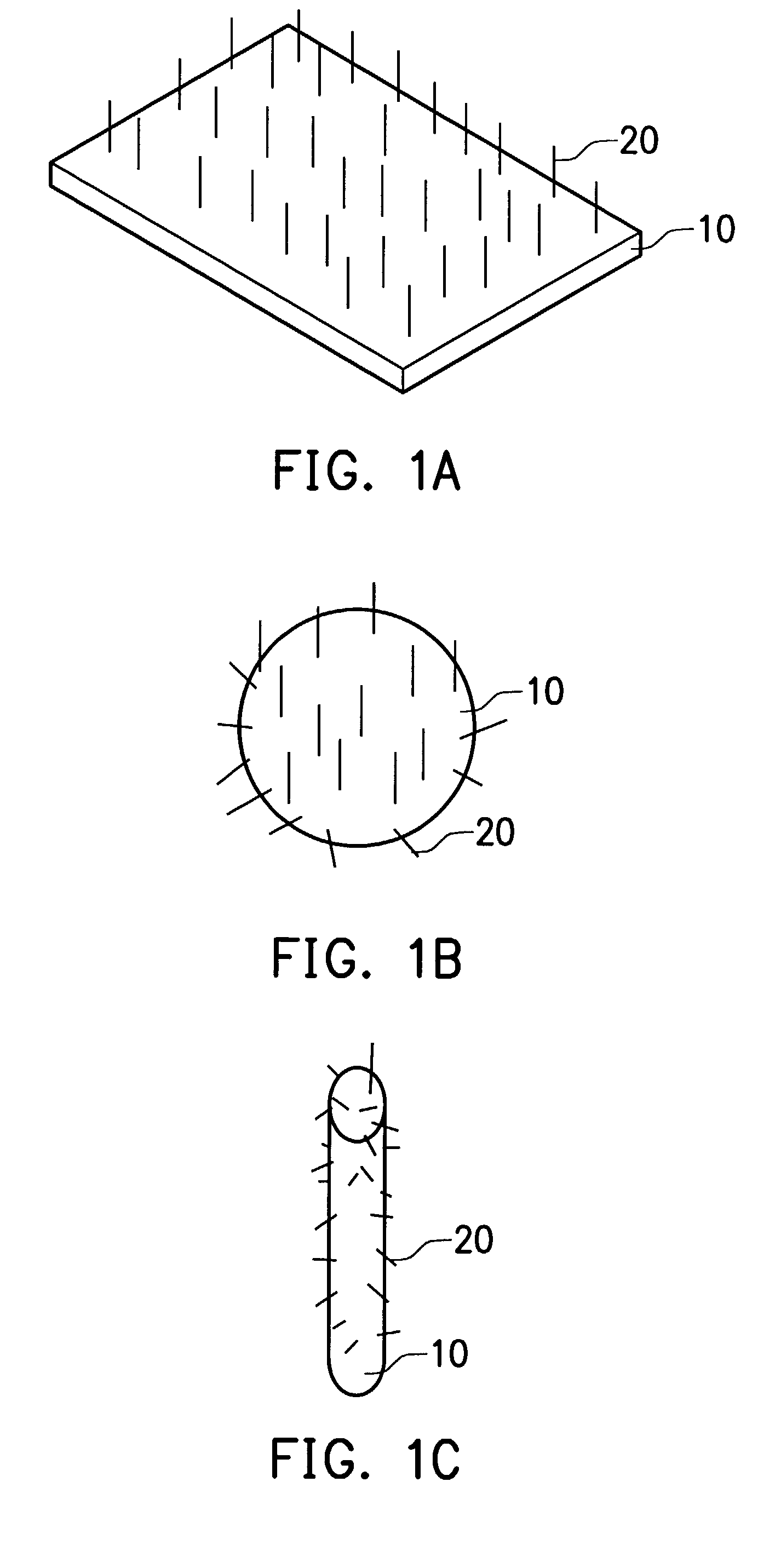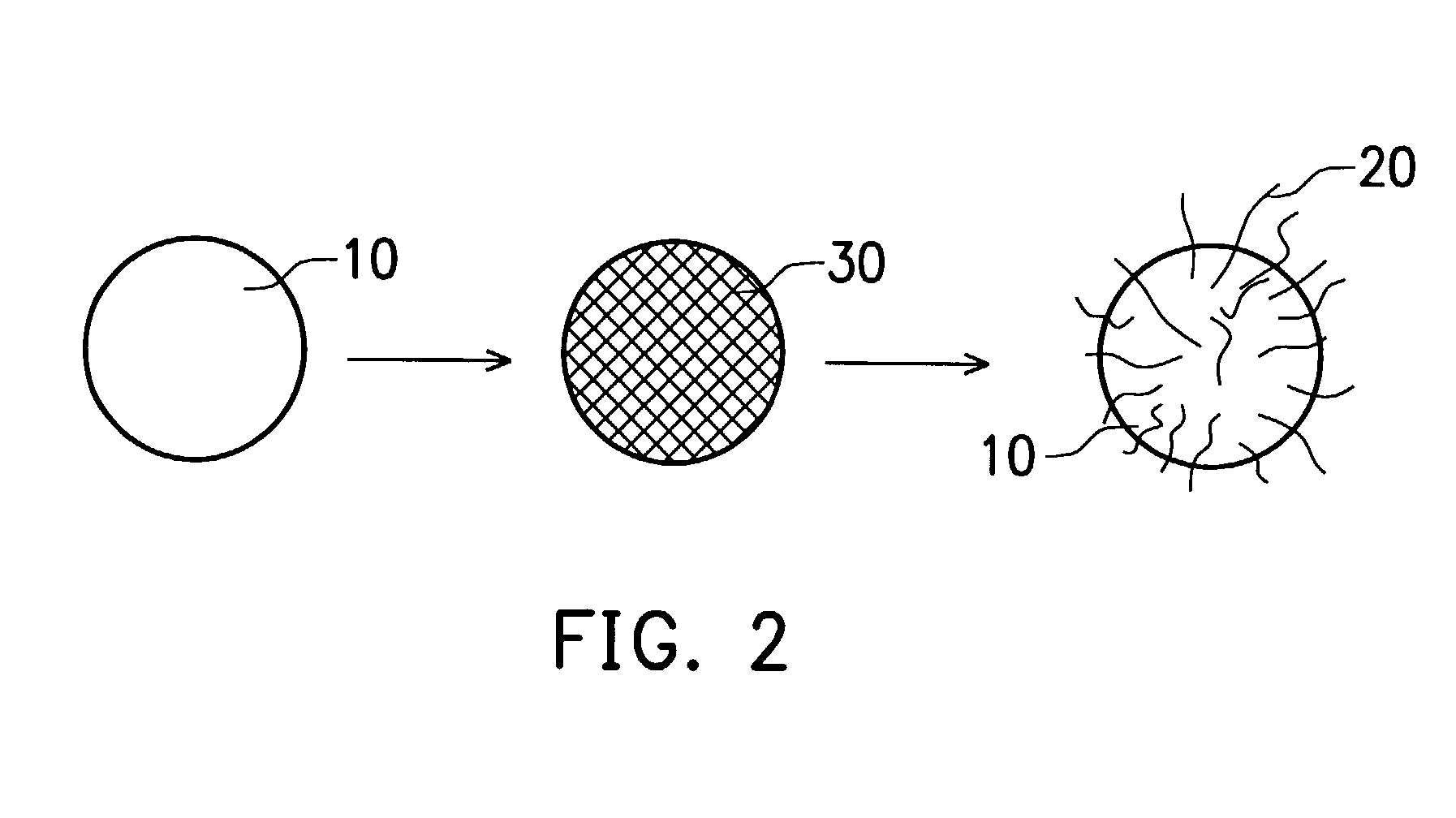Combinative carbon material
- Summary
- Abstract
- Description
- Claims
- Application Information
AI Technical Summary
Benefits of technology
Problems solved by technology
Method used
Image
Examples
Embodiment Construction
[0035] 3 g of MCMB was dispersed into 150 ml of water and the solution was stirred for 15 min. 5.5401 g of 28% ammonia was added and the solution was stirred for 5 min. Furthermore, the solution was heated until boiling for 30 min. 3.4 g of 10 wt % nickel nitrate (green in color) aqueous solution was slowly dropped in, and after 5 min, 5.3297 g of 28% ammonia was added. 4 hours of boiling with reflux later, the solution was added with 2.82 g of formaldehyde (reducing agent) and 3.0216 g of 28% ammonia. Finally, the solution was boiled for 30 min, filtered, and dried to obtain the catalyst system (the filtered solution was colorless). 0.2 g of the above treated MCMB (covered with active nanocatalyst) was dispersed into 10 ml of ethanol through ultrasound vibration, and then distributed onto quartz substrate. The substrate was then placed into a CVD reactor and the furnace was heated to 600.degree. C. Inert gas such as Ar (or N.sub.2) was introduced into the reactor in order to remove...
PUM
| Property | Measurement | Unit |
|---|---|---|
| Pressure | aaaaa | aaaaa |
| Angle | aaaaa | aaaaa |
| Temperature | aaaaa | aaaaa |
Abstract
Description
Claims
Application Information
 Login to View More
Login to View More - Generate Ideas
- Intellectual Property
- Life Sciences
- Materials
- Tech Scout
- Unparalleled Data Quality
- Higher Quality Content
- 60% Fewer Hallucinations
Browse by: Latest US Patents, China's latest patents, Technical Efficacy Thesaurus, Application Domain, Technology Topic, Popular Technical Reports.
© 2025 PatSnap. All rights reserved.Legal|Privacy policy|Modern Slavery Act Transparency Statement|Sitemap|About US| Contact US: help@patsnap.com



